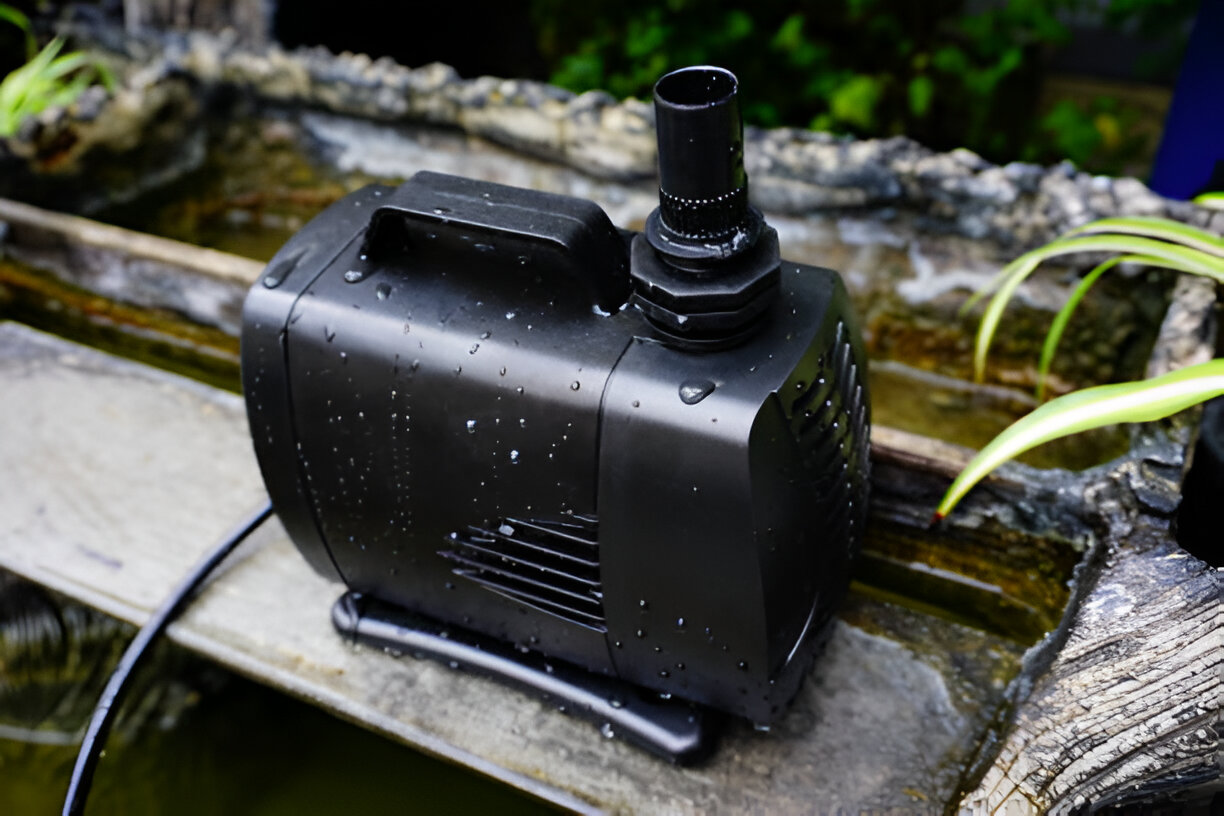10 Myths about IoT

One of the trendiest things in today’s world is The Internet of Things (IoT), which means different things to different individuals. There are also other myths about IoT.
The Internet of Things (IoT) is another M2M (machine-to-machine) name.
IoT platform shares many characteristics with M2M, such as data transfer between devices, but it incorporates more than a specific M2M ecosystem would imply. In the case of IoT solutions, one or more hosts on the Internet serve as a central repository and control system. IoT also means remote monitoring and control, frequently a mobile device such as a smartphone or tablet with an app that talks with the host.
All IoT devices will communicate with one another.
It appears implausible because most IoT platform devices operate within a “walled garden” where they interact with other devices from the same vendor. Some vendors will send information from their devices through a cloud interface, while others may allow direct access to the device.
Either there are no IoT standards or IoT standards.
There are numerous IoT solutions standards in the pipeline. Many IoT standards are based on pre-existing protocols such as the 802.15.4 wireless protocol, the IPv6 communication protocol, and embedded control protocols such as MQTT.
There is now no single, overarching IoT standard, and one is unlikely to develop in the future decade. Many will emerge to dominate one or more areas, but because of competition, vendor lock-in, and other concerns, everyone will have to deal with various IoT standards.
The Internet of Things is a collection of sensors.
IoT platform also refers to the upkeep, management, and support of IoT solutions devices and the devices, routers, and hosts with which they may communicate. Many IoT devices contain a variety of sensors. However, they are only one source of information from an IoT device. Some gadgets may be controlled remotely, which can have an impact on their surroundings.
The Internet of Things is all about “big data.”
“Big Data” refers to extracting usable information from enormous amounts of data, such as IoT devices ranging from cars to smartwatches. This aggregated data may come from some IoT devices, but it is not a requirement or characteristic of the bulk of IoT platform devices. Many IoT solutions devices are frequently linked to a control app on a person’s smartphone. A provider offering a cloud-based hosting service for IoT device management will often desire or need access to and use this information to perform things like providing this information to marketers.
There is no way to secure the Internet of Things.
As with any computer or embedded device, security will be challenging with IoT devices. The IoT field will almost certainly have a wide range of security issues, yet security is one aspect covered in most emerging IoT solutions standards. The difficulty is that IoT devices are connected, which means they may be attacked remotely. It is frequently done through secure communication protocols such as TLS. Similarly, numerous attack surfaces exist when data flows from IoT devices into the cloud.
The Internet of Things cannot be trusted.
It is comparable to the preceding fallacy about IoT platform security. IoT platform devices and settings can be dependable, but developers must exercise caution while developing, deploying, and maintaining software. IoT platform software will have to deal with difficulties such as security breaches, transient communication, and even varying software versions among its peers. As with most software, it starts with the requirements for the initial design and continues through implementation and long-term support.
Wireless connectivity is required for IoT devices.
In general, an IoT device must have some level of connectivity to connect with a cloud host, a peer, or a router, even if the connection is temporary. Although there will be many wireless IoT devices, wired devices can be linked using various technologies ranging from Ethernet to USB.
Greater IoT security implies decreased user privacy.
Security and privacy are frequently linked, but this is a false dichotomy. Individual or organizational privacy refers to keeping information private from other people or organizations. Security-related measures such as encryption are frequently used to keep data safe from prying eyes.
IoT solutions data typically flows over Internet servers, usually to an application on a user’s control device, such as a smartphone. A third party with access to the data usually controls the server. The usage of this data for other reasons has an impact on privacy.
Everyone’s perspective on IoT will be the same.
We are, in fact, at the other end of the spectrum. If you ask five vendors or consumers what IoT solutions are and what the infrastructure looks like, you will most likely get five different replies. A vendor’s perspective is frequently slanted toward their products. Sellers of microcontrollers, for example, typically begin at the IoT device level, but vendors of microprocessors or boards often start at the router level. Cloud-based IoT service providers concentrate on this element.
Lastly,
IoT platform settings generally have many more difficulties for a designer to consider than a standard embedded device or program running on a PC or server. IoT solutions frameworks, design services, and support services make implementing and supporting an IoT environment easier. Still, the greater complexity of the environment can make the job much more complex than developing a standalone device or even a networked device in a more traditional M2M environment.
The possibilities for connecting the world around us are limitless. It is a matter of awareness, expense, and complexity. Akenza’s experts are certain that by considerably lowering businesses’ work and complexity while developing IoT solutions, we can lead the Internet of Things progression into the broad market application.








